LEDs have completely changed how we light our spaces. They are brighter, use less energy, and are better for the environment than old-fashioned bulbs. The terms 2835, 3528, and 5050 often appear in LED specs, but what do they mean?
This blog post is a detailed guide. It explains enigmatic numbers and how they can help you find the perfect LED solution for your needs.
Why LED Numbers Matter?
At first, the numbers may seem confusing, but they are not random or meaningless. The numbers are important because they show how well an LED works and what it can be used for. Additionally, the SMD technology that these LEDs use connects to these numbers.
What Does SMD Stand For?
SMD stands for Surface-Mount Device. LEDs have small electronic parts attached to printed circuit boards (PCBs). The way an LED is built affects how bright, efficient, and reliable it is. The SMD holds the LED’s semiconductor material, which is the most important part of the LED. This determines how well the LED works and how bright it is.
The Nuts and Bolts of LED Numbering
You’re not alone if you are baffled by the sequence of numbers assigned to LEDs. These numbers serve a purpose; they indicate the physical dimensions of the LED chip. That’s right; the numbers are size specifications measured in millimeters. This important information can greatly affect your decision-making. It helps you choose the right LED for your needs.
The Role of LED Chip Size
The chip size is no small matter; it’s a significant performance indicator. A bigger LED chip can make more light, so it’s great for things that need to be very bright. However, the catch is that a bigger chip size usually demands more power to operate. When choosing lights, think about what you want. Do you want to brighten a big space or make a cozy, energy-saving atmosphere?
Unpacking 2835 LEDs
Il 2835 LEDs are a popular option for people who want a bright and efficient LED. These small LEDs, measuring 2.8×3.5 mm, work well and don’t need a lot of energy. These LEDs are great for homes and businesses that need medium brightness. They work well and are energy-efficient.
Specs of 2835 LEDs
With dimensions of 2.8×3.5 mm, these LEDs boast a luminosity range of 20-34 lumens and typically consume 0.2-0.5 W of power. Their relatively small size makes them versatile. These lights work inside or outside, like in the garden or under cabinets in kitchens.
All About 3528 LEDs
Ah, the 3528 LEDs, the pioneers in the LED industry! Their dimensions, 3.5×2.8 mm, may be similar to 2835 LEDs but flip-flopped. Although they are reliable and have been tested over time, they are not as bright as newer models. These options are perfect for applications that don’t require bright light, such as mood or accent lighting.
3528 LED Essentials
The 3528 LEDs come in at dimensions of 3.5×2.8 mm. They are less luminous than 2835s, with 7-8 lumens. Their power consumption is very low, only 0.08 W. This makes them a popular choice for energy efficiency.
The 5050 LED Phenomenon
Meet the heavyweights of the LED world, the 5050 LEDs. These LEDs are 5.0×5.0 mm and have high brightness and great versatility. They are perfect for applications demanding vibrant color displays and exceptional brightness. However, they can be more expensive than their smaller counterparts.
What Makes 5050 Unique?
What sets the 5050 LEDs apart is their capability to offer RGB features, allowing for a vast array of colors. Their brightness can go up to 22 lumens per chip, which is considerable. However, being versatile and bright is expensive in terms of money and energy.
Comparative Analysis
Choosing the right LED is easier when you compare different types and understand their differences.
2835 vs 3528: Battle of Efficiency
In the clash between 2835 and 3528 LEDs, the 2835 comes out on top in terms of brightness. However, the 3528 is a clear winner in energy efficiency. If your project focuses on using less energy, such as a solar-powered garden light, the 3528 could be a good choice for you.
3528 vs 5050: Clash of the Titans
Il 5050 LEDs offer the full RGB spectrum and significantly higher brightness but are generally more expensive. The 3528 LEDs are cost-effective for simpler lighting, especially when vibrant colors aren’t a priority.
2835 vs 5050: Il confronto finale
Nel duello tra i LED 2835 e 5050, il LED Il 2835 funge da via di mezzo-Offre una luminosità ragionevole a un costo moderato. Per progetti di illuminazione scenica o architettonica che necessitano di luce intensa e di tutti i colori, il Il LED 5050 è il migliore.
Altri numeri LED da conoscere
Oltre ai LED 2835, 3528 e 5050, di cui si parla comunemente, esistono altre varianti come i LED 5730, 3014, 5630 ecc.. Ogni modello ha dimensioni e caratteristiche diverse, il che rende la decisione più difficile ma offre più scelte per usi diversi.
Caratteristiche uniche dei LED meno conosciuti
I LED 5730 sono noti per la loro elevata efficienza luminosa, spesso superiore a quella dei LED 2835. I LED 3014 sono piccoli e flessibili, perfetti per gli spazi ristretti. Infine, i LED 5630 possono offrire una luminosità simile a quella dei LED 5050, ma spesso con una migliore efficienza energetica.
Consumo energetico e tipi di LED
È opinione comune che i chip LED più grandi consumino sempre più energia. La realtà è più sfumata. Il consumo energetico dipende dalla progettazione, dall'efficienza e dall'applicazione dei LED più che dalle dimensioni del chip.
Densità dei LED e dimensioni dei chip: Cosa è meglio?
Se dovete scegliere tra una configurazione LED ad alta densità e chip LED di grandi dimensioni, ricordate che una configurazione ad alta densità consuma più energia. La scelta dipende dall'applicazione e dalla necessità. Ad esempio, un LED luminoso potrebbe essere migliore per i negozi, perché consuma più elettricità. D'altro canto, per l'illuminazione domestica, una configurazione con chip di grandi dimensioni potrebbe fornire una luminosità sufficiente con un consumo energetico inferiore.
Come scegliere il LED giusto per le vostre esigenze?
La scelta del LED ideale non è un processo univoco. Al momento della decisione, occorre considerare fattori quali la luminosità necessaria, il consumo energetico e il budget a disposizione.
Lista di controllo per l'acquisto dei LED
Iniziate valutando le vostre esigenze di luminosità. Il LED servirà come fonte di luce principale o per accenti estetici? Quindi, calcolate il consumo energetico. Considerate quanto tempo il LED rimarrà acceso e come questo si tradurrà nella bolletta elettrica. Infine, stabilite un budget. I LED di alta qualità possono avere prestazioni migliori, ma di solito costano di più in anticipo. Assicuratevi di ottenere il massimo valore per il vostro denaro.
Domande frequenti (FAQ)
Cosa significa SMD nella tecnologia LED?
SMD è l'acronimo di Surface-Mount Device (dispositivo a montaggio superficiale). È un termine cruciale relativo ai componenti di un LED. La comprensione di SMD aiuta a capire l'efficienza, la luminosità e le prestazioni del LED.
È vero che i LED più grandi consumano sempre più energia?
Contrariamente a quanto si pensa, i chip LED più grandi a volte consumano meno energia. Il consumo di energia è più complesso e dipende dal design, dall'efficienza e dal modo in cui il LED viene utilizzato.
Cosa significano i numeri a quattro cifre come 2835 e 5050 sulle strisce LED?
Questi numeri non sono solo arbitrari. Rappresentano le dimensioni del chip LED in millimetri. Ad esempio, un LED 2835 misura 2,8×3,5 mm. Queste dimensioni possono dare una rapida idea delle prestazioni e delle applicazioni di un LED.
Quale LED SMD è considerato il migliore?
Non esiste una risposta univoca. Il LED SMD "migliore" dipende da ciò che serve. I LED 5730 sono molto luminosi e perfetti per alcune applicazioni che richiedono un'elevata luminosità.
LED SMD vs. LED COB: Quale dei due ha la meglio?
Entrambi hanno i loro pregi. I LED SMD offrono versatilità e sono generalmente più facili da lavorare per le configurazioni personalizzate. I LED COB, invece, sono noti per la loro elevata densità luminosa. La scelta dipende dalle vostre specifiche esigenze di illuminazione.
Qual è il LED che brilla di più? LED 3528 o 5050?
Il LED 5050 è il leader in termini di luminosità, in grado di offrire fino a 22 lumen per chip. Il LED 3528 offre in genere 7-8 lumen, risultando affidabile ma meno luminoso della sua controparte 5050.
Qual è il tipo di LED più luminoso in assoluto?
Anche se la situazione potrebbe cambiare con l'evolversi della tecnologia, i LED 5050 e alcuni tipi specifici come i LED 5730 sono tra le opzioni più luminose disponibili. Sono adatti alle applicazioni che richiedono un'elevata luminosità.
I LED 2835 sono più efficienti dal punto di vista energetico rispetto ai loro omologhi?
I LED 2835 offrono generalmente un buon equilibrio tra luminosità ed efficienza energetica. Tuttavia, altri tipi, come i 5630, possono offrire livelli di luminosità simili ma con una migliore efficienza energetica.
Quali sono gli usi più comuni dei LED 5050?
I LED 5050 sono molto flessibili e vengono spesso utilizzati in applicazioni che richiedono luce brillante e colori diversi. Sono popolari per l'illuminazione di palcoscenici, insegne commerciali e per l'illuminazione domestica.
Come scegliere il LED giusto per le proprie esigenze specifiche?
Iniziate valutando i vostri requisiti di luminosità e calcolando il consumo energetico previsto. Infine, stabilite un budget che tenga conto dei costi iniziali e di quelli a lungo termine. Il LED giusto soddisferà le vostre esigenze senza farvi spendere troppo.
Conclusione
Conoscere i numeri dei LED, come 2835, 3528 e 5050, può aiutare a scegliere l'illuminazione giusta. Con queste conoscenze, ora siete attrezzati per navigare nel luminoso mondo dei LED. Scegliete con saggezza.
Navigare nel mondo dei LED può essere complesso, ma non deve esserlo per forza. Se siete ancora alla ricerca della soluzione LED perfetta, date un'occhiata a Unitop. Siamo uno dei principali produttori cinesi di Luci a striscia LED e LED al neon flessibile produttori. Abbiamo un'esperienza e un'innovazione senza pari nel settore dei LED. Non esitate a contattateci per ulteriori domande o soluzioni di illuminazione su misura. Con Unitop, scegliete un futuro più luminoso, più intelligente e più efficiente.

Tom è ora il Direttore Vendite di Unitop (Cina) Co., Limited. È stato nella Illuminazione a LED industria dal 2005. È un esperto di vendite e marketing e di gestione della fabbrica. Gli piace il bodybuilding ed è anche un fan sfegatato di Apple! È un lavoratore instancabile e ama imparare e provare cose nuove.
Email: tom@unitopledstrip.com WhatsApp: +86-18680307140

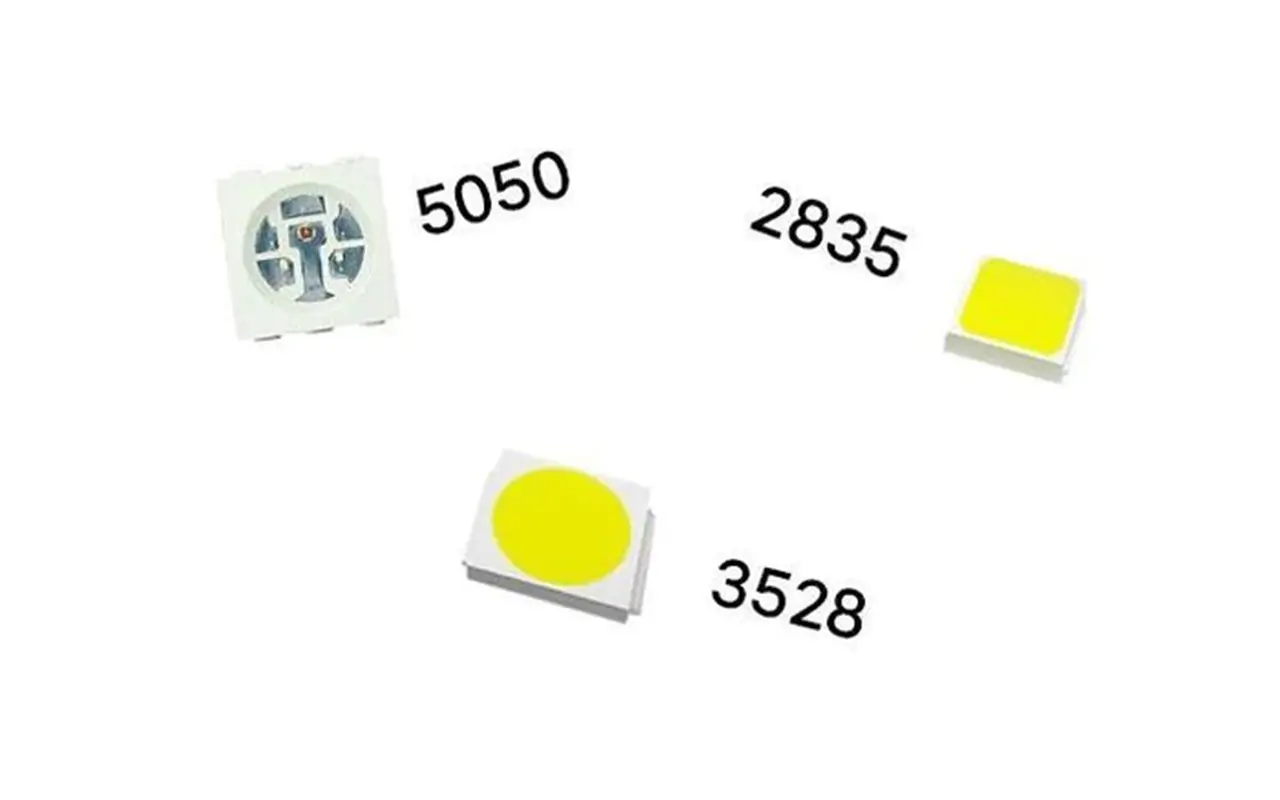


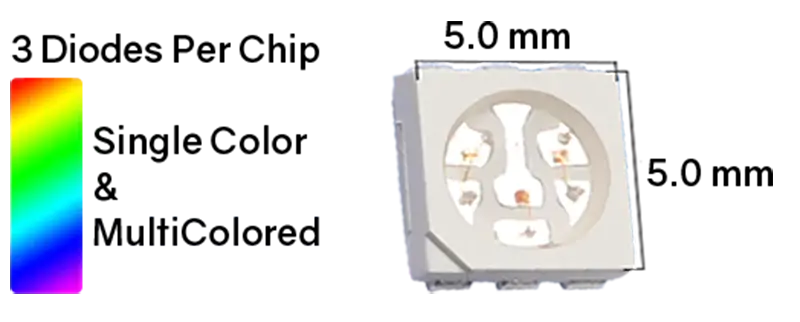
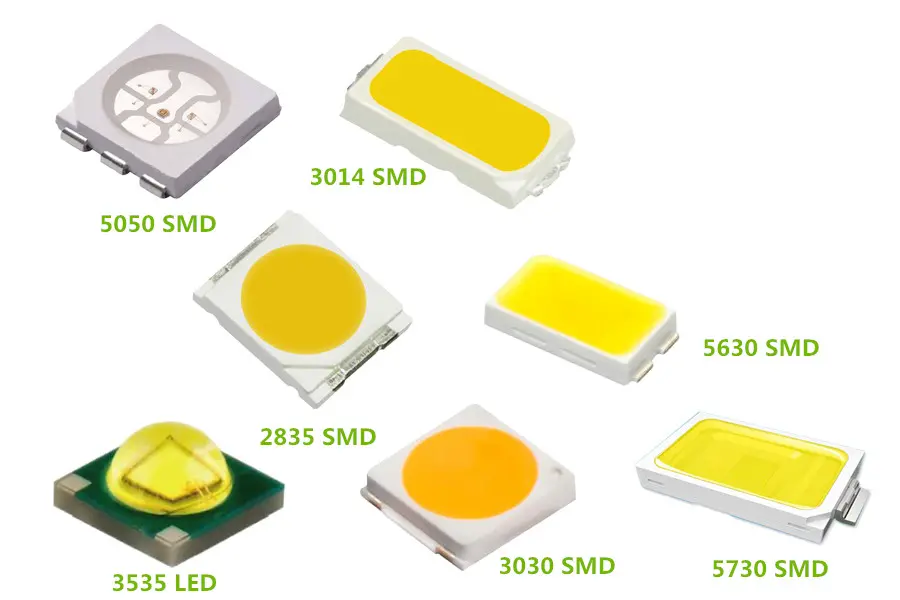

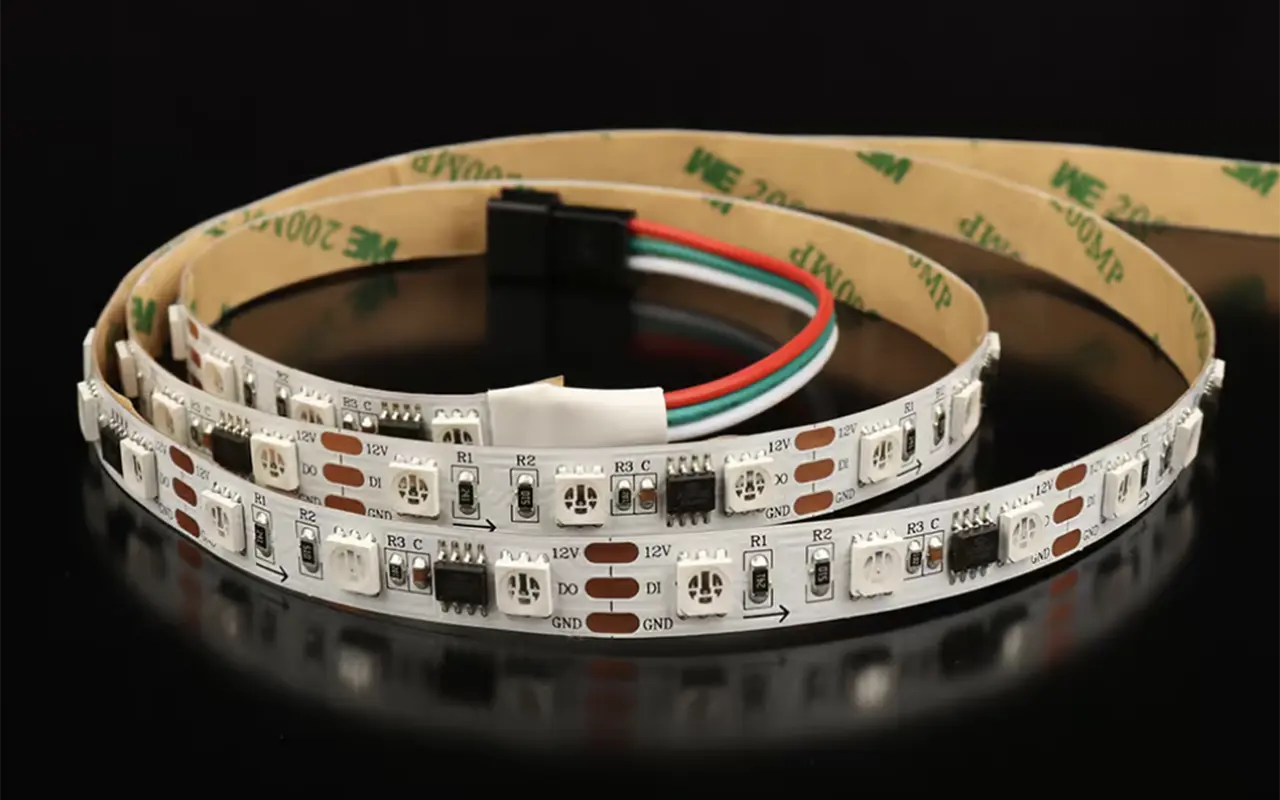
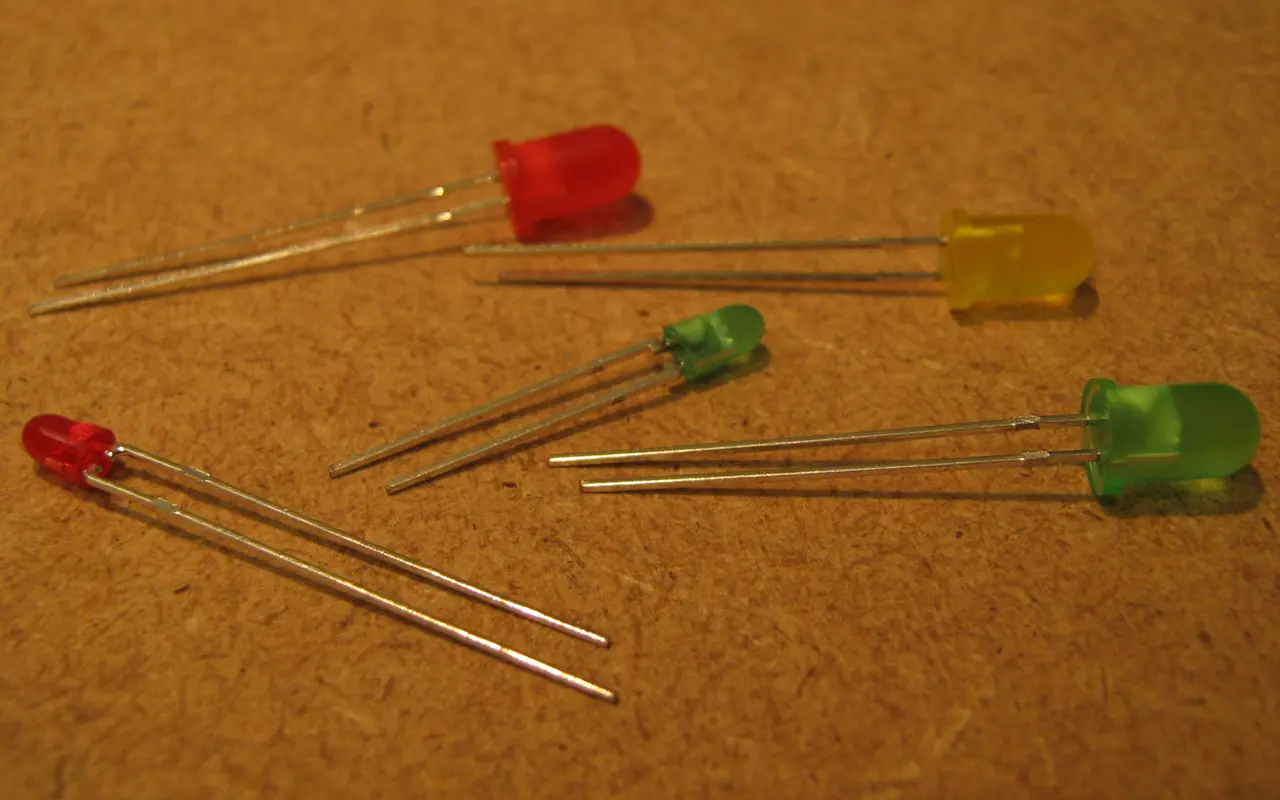
Lascia un Commento
Vuoi partecipare alla discussione?Sentitevi liberi di contribuire!